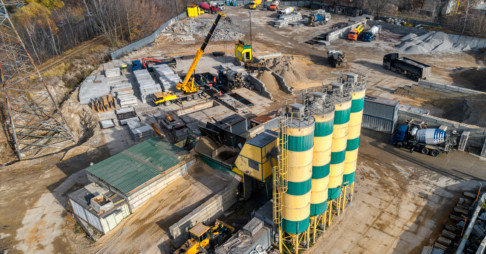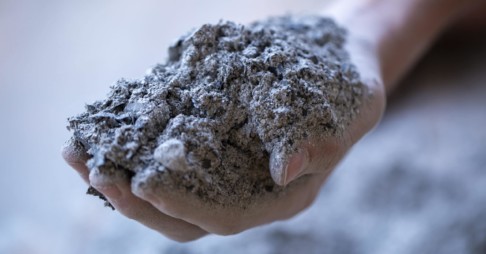The lingering supply chain crisis caused by COVID-19 is having a domino effect across the construction marketplace. As a result, concrete producers are having to adapt to a new landscape, bringing in new ideas, partners, and challenging the status quo to maintain their success. As demand for new projects continues to rise, backlogs grow, prices rise, and clients can grow frustrated waiting out delays–causing tensions to arise in the marketplace. Fortunately, concrete producers have access to innovative tactics to solve the cement shortages.
Concrete Shortages
Concrete producers expected demand to drop in response to the pandemic, but instead, the market boomed across the US. It’s projected that construction spending on buildings is expected to increase just over nine percent this year (2022) and another six percent in 2023, according to a new report from the American Institute of Architects (AIA).
In 2021 alone, the US consumed more than 100 million metric tons of cement, and even with importing cement from overseas producers, the US demand is outpacing supply. Producers know all too well that cement prices are rising, and there is rationing in many regions across the Southeastern US. At the same time, SCMs are becoming a more challenging alternative with the accessibility to fly ash dwindling, as global coal power projects continue to drop. Even though slag remains available, logistical delays following the COVID-19 pandemic can make it difficult for concrete producers to manage their forecasts and planning. Opportunity for growth keeps expanding for producers as concrete orders continue to rise due to new projects beginning with the bipartisan Infrastructure Investment and Jobs Act. Our industry is poised to capitalize on fantastic growth opportunities, and to use all the tools we have at hand to maintain healthy budgets and bottom lines.
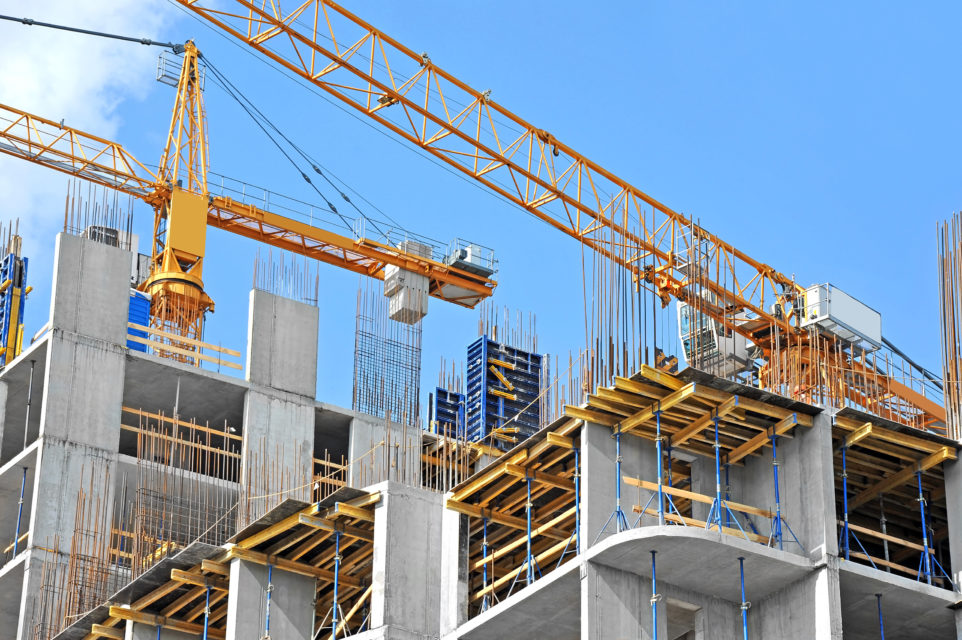
Innovative Solutions to Solve Cement Shortages
So how are concrete producers looking for ways to alleviate these pressures? Supply chains will eventually reach equilibrium, but certainly not in the near future. Meanwhile, the demand for concrete in the construction industry shows no signs of slowing down. Therefore, concrete producers will have to adapt to meet growing market needs. Circumstances and resources vary between companies, but concrete producers can use this key strategy to maximize cement in their operations: reduce your cement demand by installing on-site solutions that impact your bottom line. Reducing cement purchases with CarbonCure’s technologies may not eliminate all your supply issues, but it can certainly help limit the blast of delays and shortages.
CarbonCure Ready Mix injects carbon dioxide (CO2) into fresh concrete while it's being mixed. Once injected, CO2 undergoes a chemical conversion that turns it into a mineral, permanently eliminating it and maintaining the concrete's strength. As a result, concrete mix producers can safely reduce the cement content in their concrete mix designs. The technology is installed directly at your ready mix plant, and is fine tuned to meet your project demands by a full team of technical engineers and mix design experts.
Carbon Sequestration is the Business Advantage that Maximizes Profitability
Reducing costs with a proven technology enables cement reductions, requiring low upfront capital investments. With CarbonCure’s technologies, concrete producers are successfully competing and winning more bids with low carbon concrete, catering to end users in the expanding green building market. In 2021, the USGBC awarded LEED certification to a total of 42 projects totalling more than 13.1 million square feet in Florida (Sunshine state) and Georgia (Empire State of the South) alone.
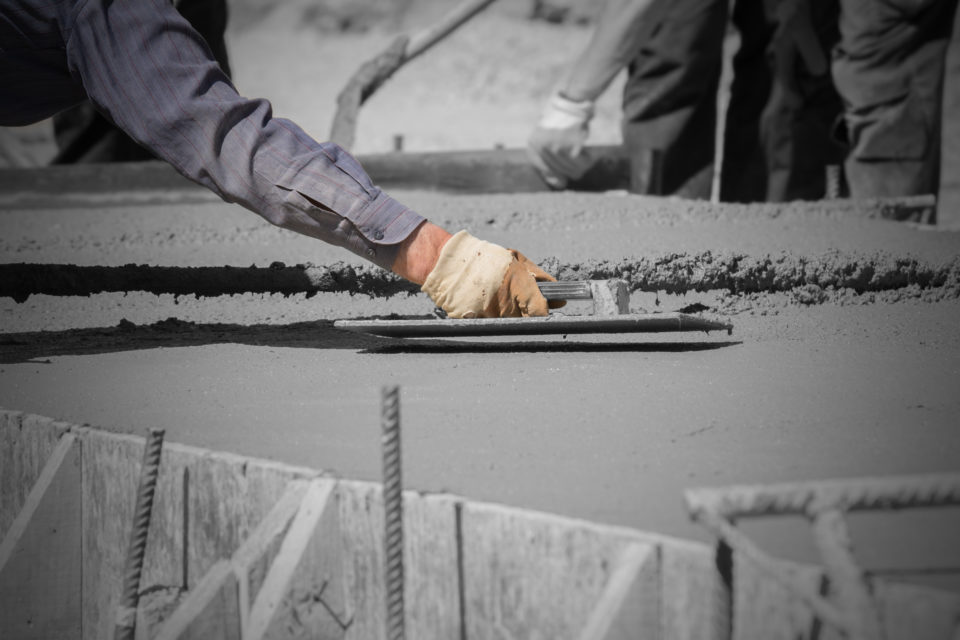
A New Revenue Opportunity with Carbon Credits
Stemming from the ability to lock carbon in concrete through CO2 mineralization, concrete producers can generate carbon credits at scale. CarbonCure’s technologies include a control box that tracks and measures the CO2 that’s injected into the concrete mix and the cement reduction. Producers share their batching and ticketing data to CarbonCure’s secure database, where it is run against our methodology. After verification, a carbon credit is generated and is then sold in CarbonCure’s network of global buyers.
We share all revenue generated from the sale of carbon credits with concrete producers. To date, CarbonCure has distributed more than $1.7 million from carbon credit sales to producers.
Innovation Among the Challenges
The concrete industry has faced unmatched challenges over the last few years. Despite this, concrete producers persevere and continue to build the new structures that the world needs. It’s no surprise that the construction industry has been deemed as one of the world's "essential industries" during the peak of the COVID-19 pandemic. The supply chain predicament has left the concrete industry working against a growing tide of delays and setbacks. Still, innovative technologies, like CarbonCure, are helping concrete contractors thrive.
To date, more than 650 CarbonCure systems have been sold, and thousands of commercial, infrastructure and residential projects have been supplied with 22 million+ cubic yards (16 million+ cubic metres) of CarbonCure concrete.
Since 2012, we have been helping architects, structural engineers, owners and developers across the United States and Canada with proven ways to reduce cement consumption while protecting their concrete's strength.
Ready to break out of the status quo, and maximize your opportunity in the months and years to come? Contact us toll-free: 1- (844) 407-0032 to start a conversation about our concrete technology.
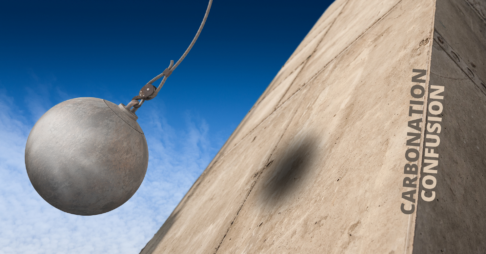
Razing a Common Misunderstanding: Early-Age Carbonation vs. Atmospheric Carbonation in Concrete
